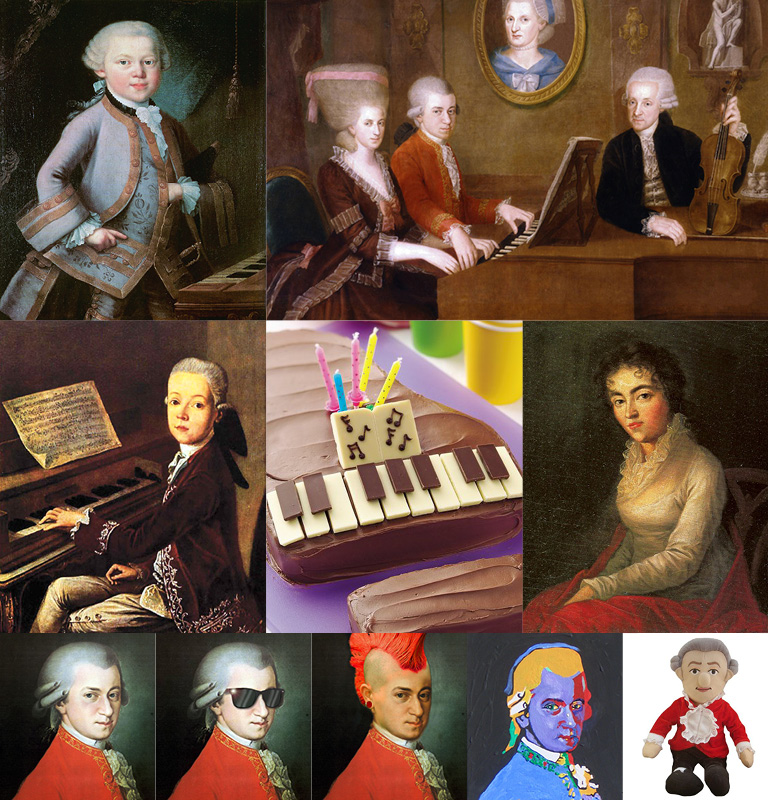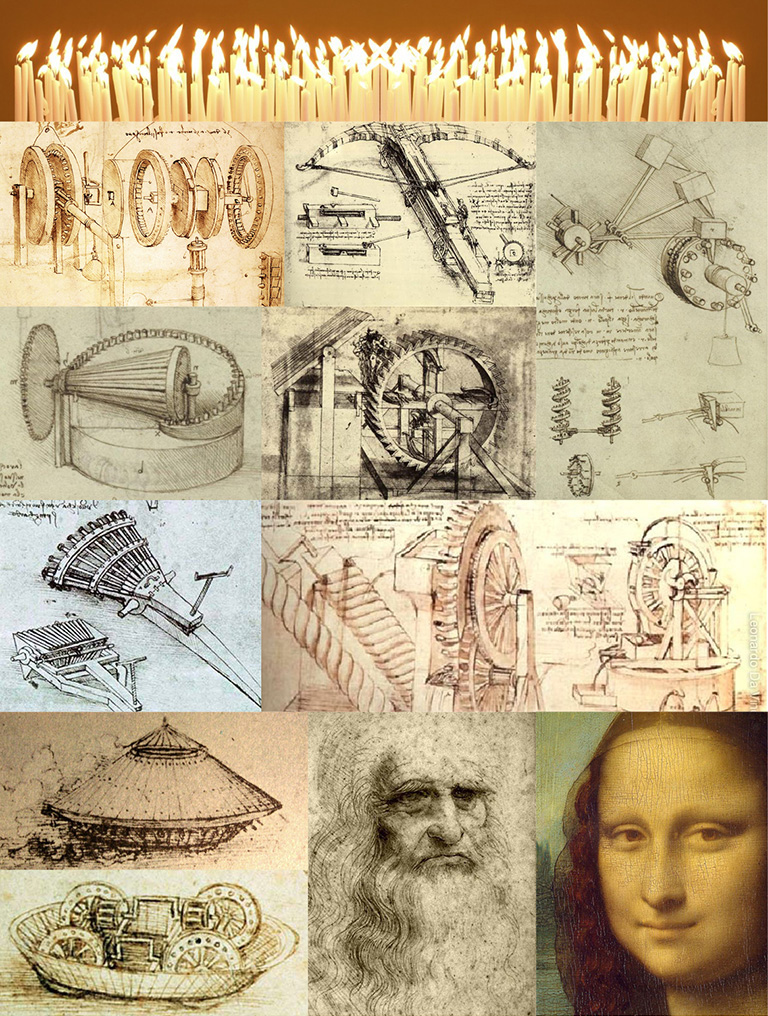A Grand Birthday

(left col) Pictures cannot do this majestic scenery justice. Ever. See that picture jest below middle? Those are people on a glass bottom skywalk, a must do. Book it HERE. (right col) Things to do at the Grand Canyon: 1) Propose to your girlfriend. 2) Take some great pictures. 3) See some amazing caves. 4) Watch a fabulous sunset. 5) Take plenty of selfies (just don’t lean back too far). 6) Stay well hydrated in the dry air. 7) See eagles soar below you. 8) What-the-heck, BE an eagle and book a helicopter tour. 9) Shown your pride. What a wonderful country this is!
I love history. And our country. And birthdays. (ok, mostly the cake and the frosting and ice cream and the candles and the party and all the presents, and family and friends…). This week marks a big milestone in our nation’s birthday history – the 100-year anniversary of the establishment of the Grand Canyon National Park. Now, I’m not sure about you, but whenever I see images of the Park, I’m just amazed at its grandeur, scope and influence on the west. I also love the details about how the temperatures change from the basin to the ridge (yea, I’m a temperature heat/cooling geek), and marvel at the way it changes throughout the day and night based on sunlight and moonlight. I went out west a few years ago with Jackie and the girls, we were blessed to be able to experience the immensity up close! Absolutely AMAZING! We also realized that getting to close to the edge could ruin your whole day! While visiting, the National Park Ranger regaled us with stories of the Canyon, also explaining to the younger park visitors the theory of Darwin as it relates to going too close to the edge of the Canyon! The stories we heard of folks taking their “last” selfies were shocking. I dug into the archives and found some interesting history on the canyon, and some fun facts too. It’s a bit long below, but hard to leave stuff out – enjoy, and thanks Wikipedia and Smithsonian for the info.
- The known human history of the Grand Canyon area stretches back over 10,000 years, when the first evidence of human presence in the area is found. Native Americans have inhabited the Grand Canyon and the area now covered by Grand Canyon National Park for at least the last 4,000 of those years.
- Ancestral Pueblo peoples, first as the Basketmaker culture and later as the more familiar Pueblo people, developed from the Desert Culture as they became less nomadic and more dependent on agriculture. They started to use stone in addition to mud and poles to erect above-ground houses sometime around 800 AD, initiating the Pueblo period of Ancestral Pueblo culture. In summer, the Puebloans migrated from the hot inner canyon to the cooler high plateaus and reversed the journey for winter. Large numbers of sites indicate that the Ancestral Pueblo and the Cohonina flourished until about 1200 AD, when something happened to the climate a hundred years later that forced both of these cultures to move away. (See how I am keeping controversy out of my posts!)
- In September 1540, under direction by conquistador Francisco Vásquez de Coronado to find the fabled Seven Cities of Gold, Captain García López de Cárdenas led a party of Spanish soldiers with Hopi guides to the Grand Canyon. It was a group of about 13 Spanish soldiers on a quest to find the fabulous Seven Cities of Gold. According to Castañeda, he and his company came to a point “from whose brink it looked as if the opposite side must be more than three or four leagues by air line.”
- Being in dire need of water, and wanting to cross the giant obstacle, the soldiers started searching for a way down to the canyon floor that would be passable for them along with their horses. After three full days, Cárdenas finally commanded the three lightest and most agile men of his group to climb down by themselves. After several hours, the men returned, reporting that they had only made one third of the distance down to the river, and that “what seemed easy from above was not so.”
- The signing of the Treaty of Guadalupe Hidalgo in 1848 ceded the Grand Canyon region to the United States. Jules Marcou of the Pacific Railroad Survey made the first geologic observations of the canyon and surrounding area in 1856.
- Jacob Hamblin (a Mormon missionary) was sent by Brigham Young in the 1850s to locate easy river crossing sites in the canyon. Building good relations with local Native Americans and white settlers, he discovered Lee’s Ferry in 1858 and Pierce Ferry (later operated by, and named for, Harrison Pierce)—the only two sites suitable for ferry operation.
- A U.S. War Department expedition led by Lt. Joseph Ives was launched in 1857 to investigate the area’s potential for natural resources, to find railroad routes to the west coast, and assess the feasibility of an up-river navigation route from the Gulf of California. The group traveled in a stern wheeler steamboat named Explorer.
- Ives discounted his own impressions on the beauty of the canyon and declared it and the surrounding area as “altogether valueless”, remarking that his expedition would be “the last party of whites to visit this profitless locality”. Attached to Ives’ expedition was geologist John Strong Newberry who had a very different impression of the canyon. After returning, Newberry convinced fellow geologist John Wesley Powell that a boat run through the Grand Canyon to complete the survey would be worth the risk.
- Years later The Powell Expeditions systematically cataloged rock formations, plants, animals, and archaeological sites. Photographs and illustrations greatly popularized the canyonland region of the southwest United States, especially the Grand Canyon, using these photographs and illustrations in his lecture tours made him a national figure.
- Geologist Clarence Dutton followed up on Powell’s work in 1880–1881 with the first in-depth geological survey of the newly formed U.S. Geological Survey. Painters Thomas Moran and William Henry Holmes accompanied Dutton, who was busy drafting detailed descriptions of the area’s geology. The report that resulted from the team’s effort was titled A Tertiary History of The Grand Canyon District, with Atlas and was published in 1882.
- A rail line to the largest city in the area, Flagstaff, was completed in 1882 by the Santa Fe Railroad. Stage coaches started to bring tourists from Flagstaff to the Grand Canyon. The first scheduled train with paying passengers of the Grand Canyon Railway arrived from Williams, Arizona, on September 17 that year, the 64-mile (103 km) long trip cost $3.95 ($102.55 as of 2019), and naturalist John Muir later commended the railroad for its limited environmental impact.
- The first automobile was driven to the Grand Canyon in 1902. Oliver Lippincott from Los Angeles, drove his Toledo Automobile Company-built car to the South Rim from Flagstaff. Lippincott, a guide and two writers set out on the afternoon of January 4, anticipating a seven-hour journey. Two days later, the hungry and dehydrated party arrived at their destination; the countryside was just too rough for the ten-horsepower (7 kW) auto.
- John D. Lee was the first person who catered to travelers to the canyon. In 1872 he established a ferry service at the confluence of the Colorado and Paria rivers. Lee was in hiding, having been accused of leading the Mountain Meadows massacre in 1857. He was tried and executed for this crime in 1877. During his trial he played host to members of the Powell Expedition who were waiting for their photographer, Major James Fennemore, to arrive (Fennemore took the last photo of Lee sitting on his own coffin). Emma, one of Lee’s nineteen wives, continued the ferry business after her husband’s death. In 1876 a man named Harrison Pierce established another ferry service at the western end of the canyon.
- William Wallace Bass opened a tent house campground in 1890. Bass Camp had a small central building with common facilities such as a kitchen, dining room, and sitting room inside. Rates were $2.50 a day ($69.71 as of 2019), and the complex was 20 miles west of the Grand Canyon Railway’s Bass Station (Ash Fort). Bass also built the stage coach road that he used to carry his patrons from the train station to his hotel.
- Things changed in 1905 when the luxury El Tovar Hotel opened within steps of the Grand Canyon Railway’s terminus. El Tovar was named for Don Pedro de Tovar who tradition says is the Spaniard who learned about the canyon from Hopis and told Coronado. Charles Whittlesey designed the arts and crafts-styled rustic hotel complex, which was built with logs from Oregon and local stone at a cost of $250,000 for the hotel ($6,970,000 as of 2019) and another $50,000 for the stables ($1,390,000 as of 2019).[27] El Tovar was owned by Santa Fe Railroad and operated by its chief concessionaire, the Fred Harvey Company.
- President Theodore Roosevelt visited the Grand Canyon in 1903. An avid outdoorsman and staunch conservationist, he established the Grand Canyon Game Preserve on November 28, 1906. Livestock grazing was reduced, but predators such as mountain lions, eagles, and wolves were eradicated. Roosevelt added adjacent national forest lands and re-designated the preserve a U.S. National Monument on January 11, 1908. Opponents, such as holders of land and mining claims, blocked efforts to reclassify the monument as a National Park for 11 years. Grand Canyon National Park was finally established as the 17th U.S. National Park by an Act of Congress signed into law by President Woodrow Wilson on February 26, 1919.
- More history and videos HERE.
Today, Grand Canyon National Park receives about five million visitors each year, a far cry from the annual visitation of 44,173 in 1919.
Want to Go?
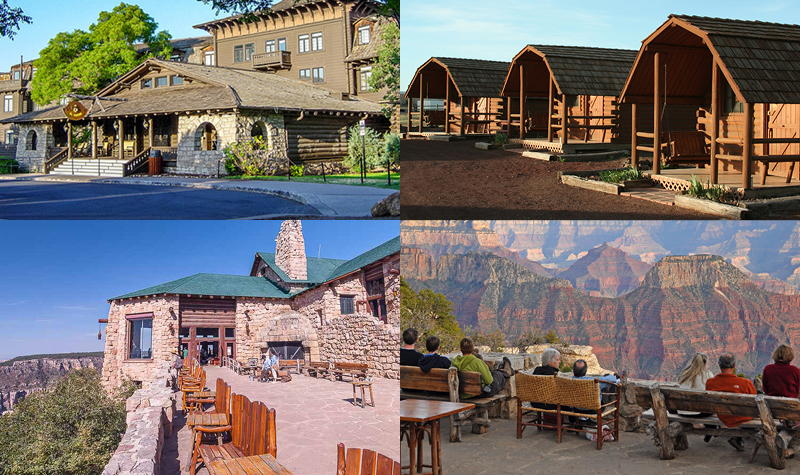 Need a place to stay at the Grand Canyon? Start HERE.
Need a place to stay at the Grand Canyon? Start HERE.
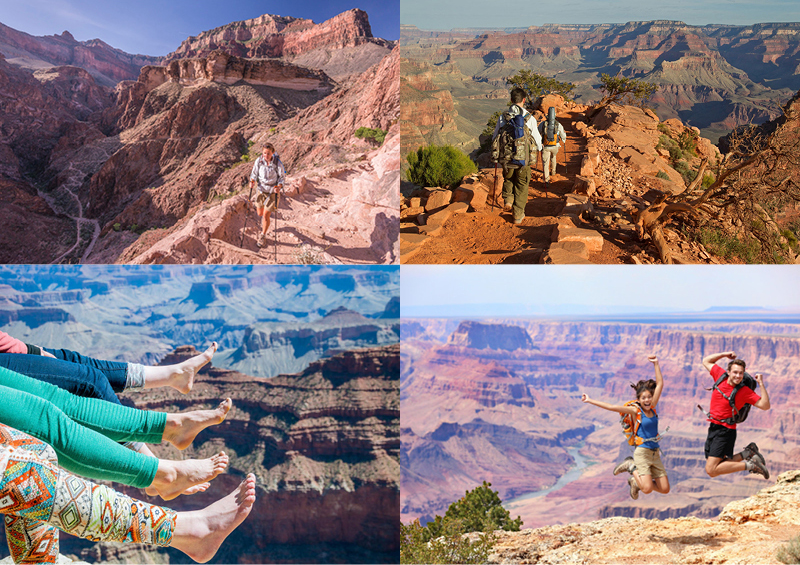 Thinking of hiking the Grand Canyon? Start HERE.
Thinking of hiking the Grand Canyon? Start HERE.
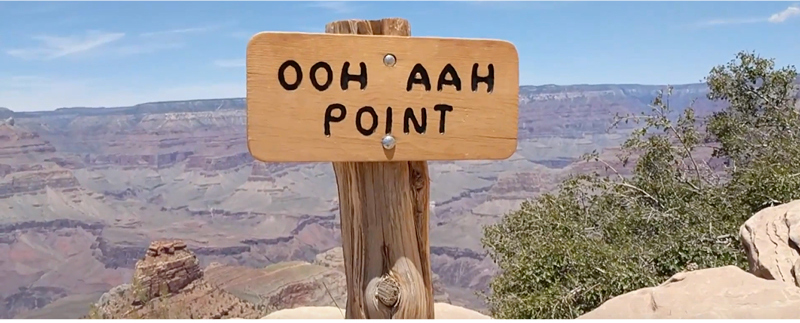 And HERE’S a great video hike from Vlogger Stuart Brazell. She’s helping to tick-off one of her mom’s bucket list items.
And HERE’S a great video hike from Vlogger Stuart Brazell. She’s helping to tick-off one of her mom’s bucket list items.

